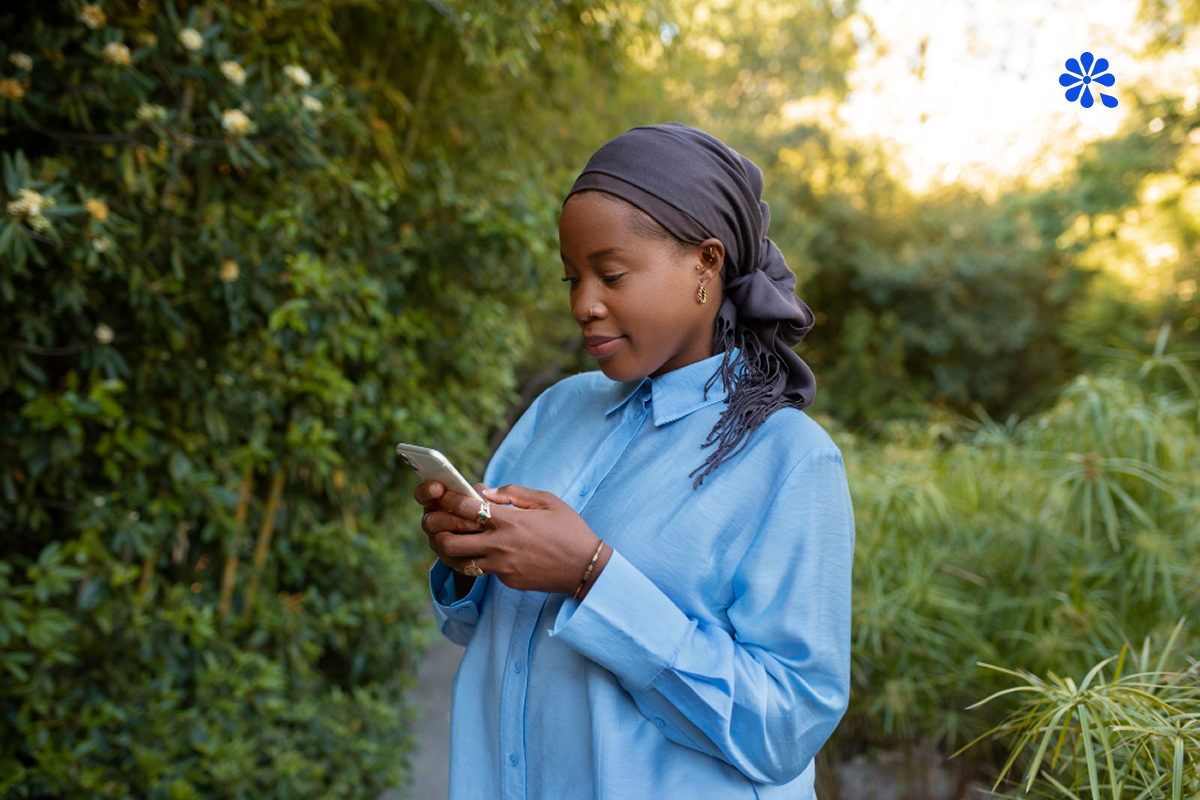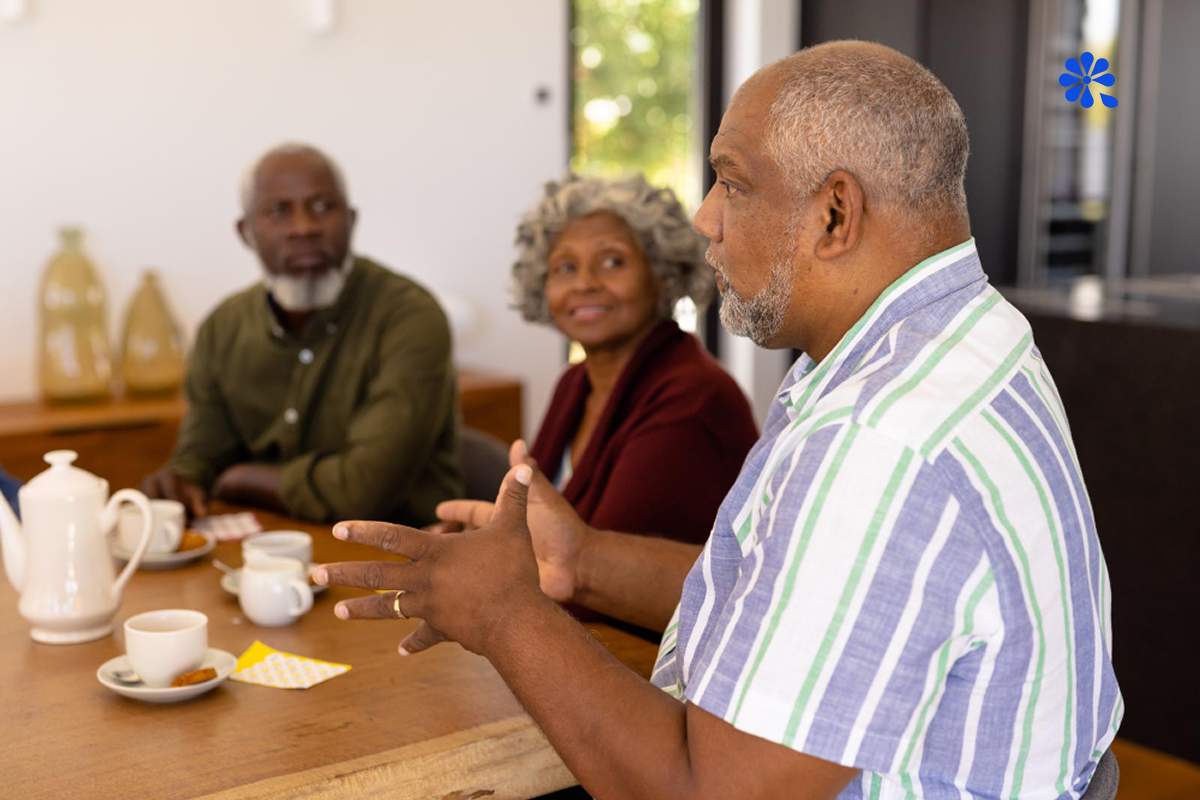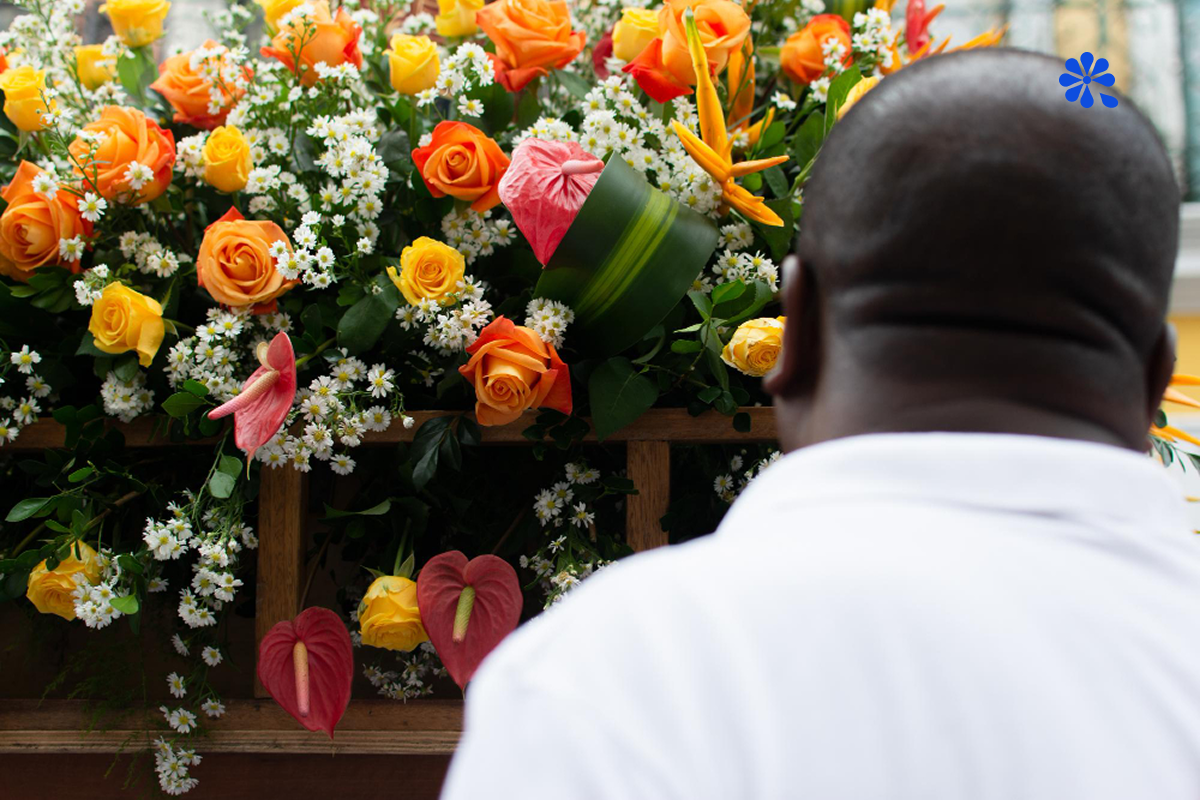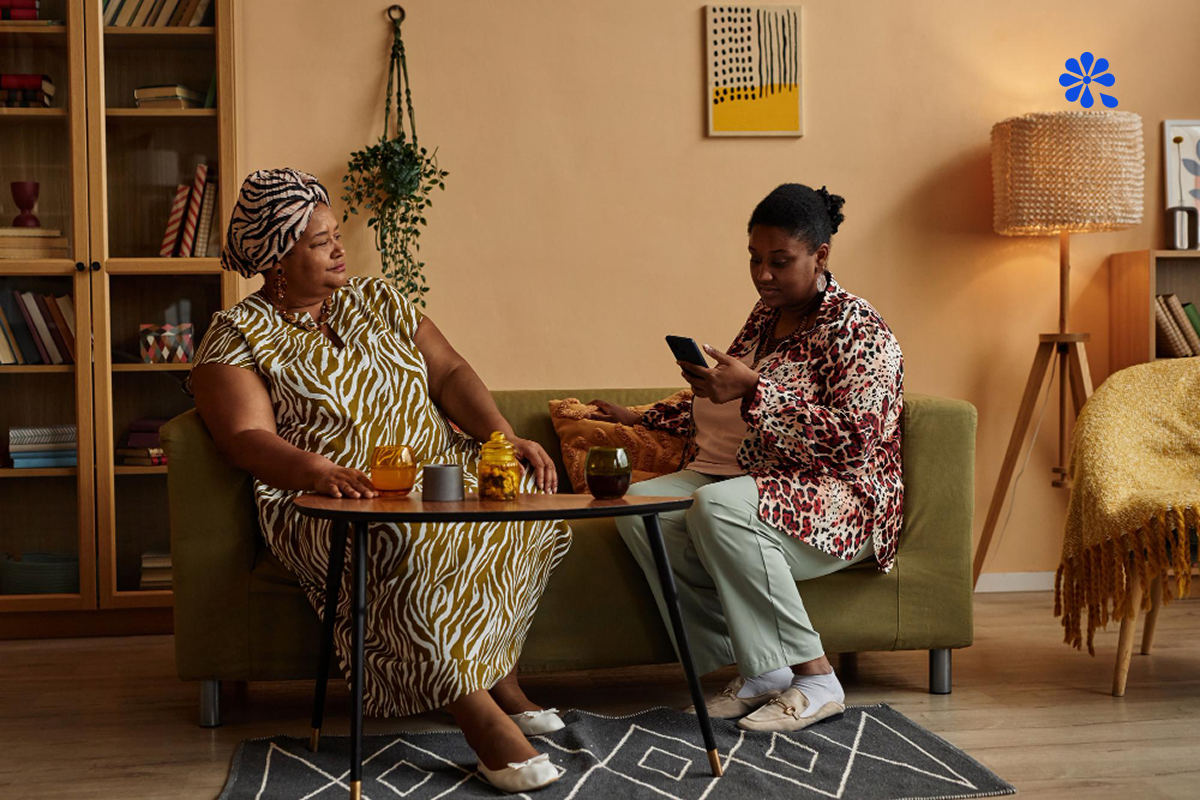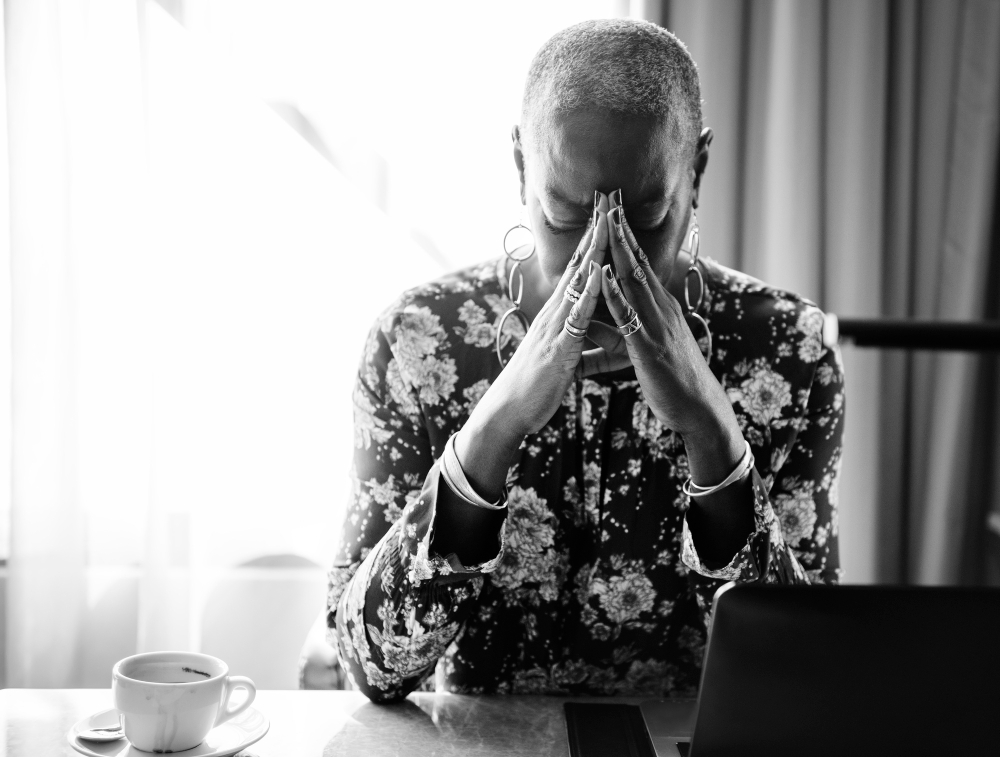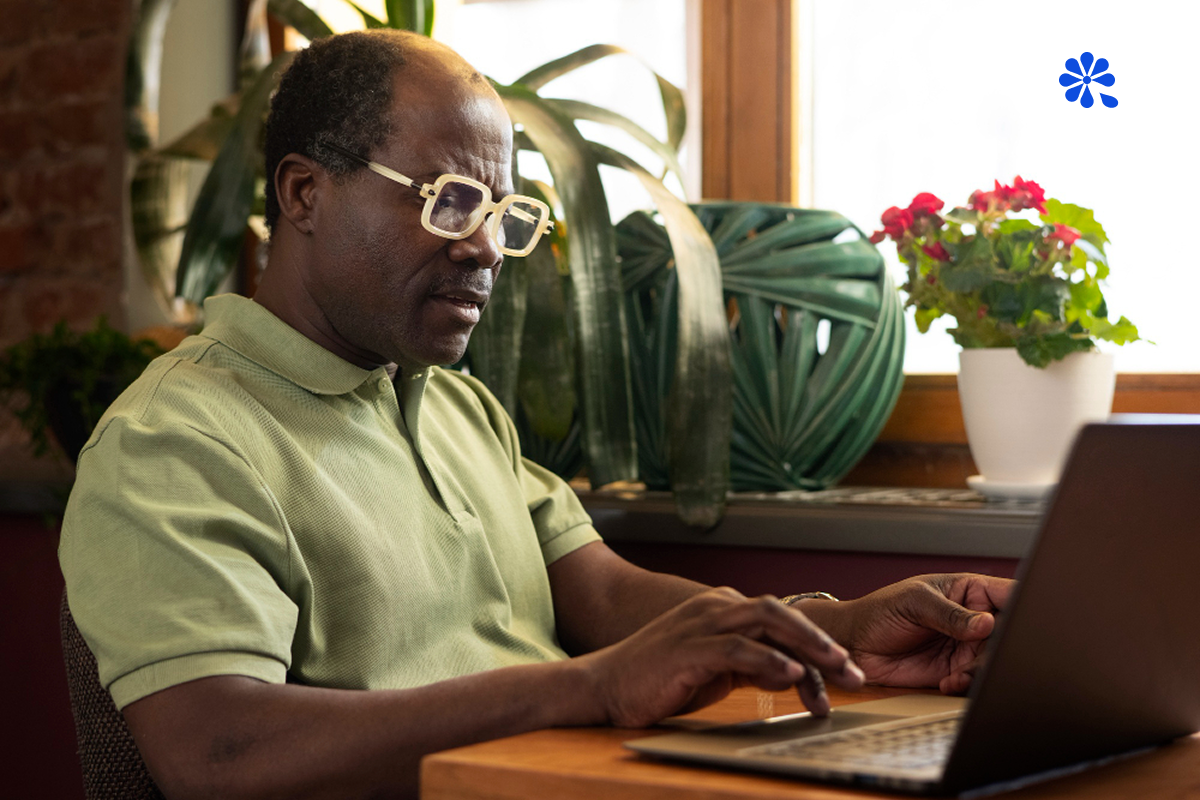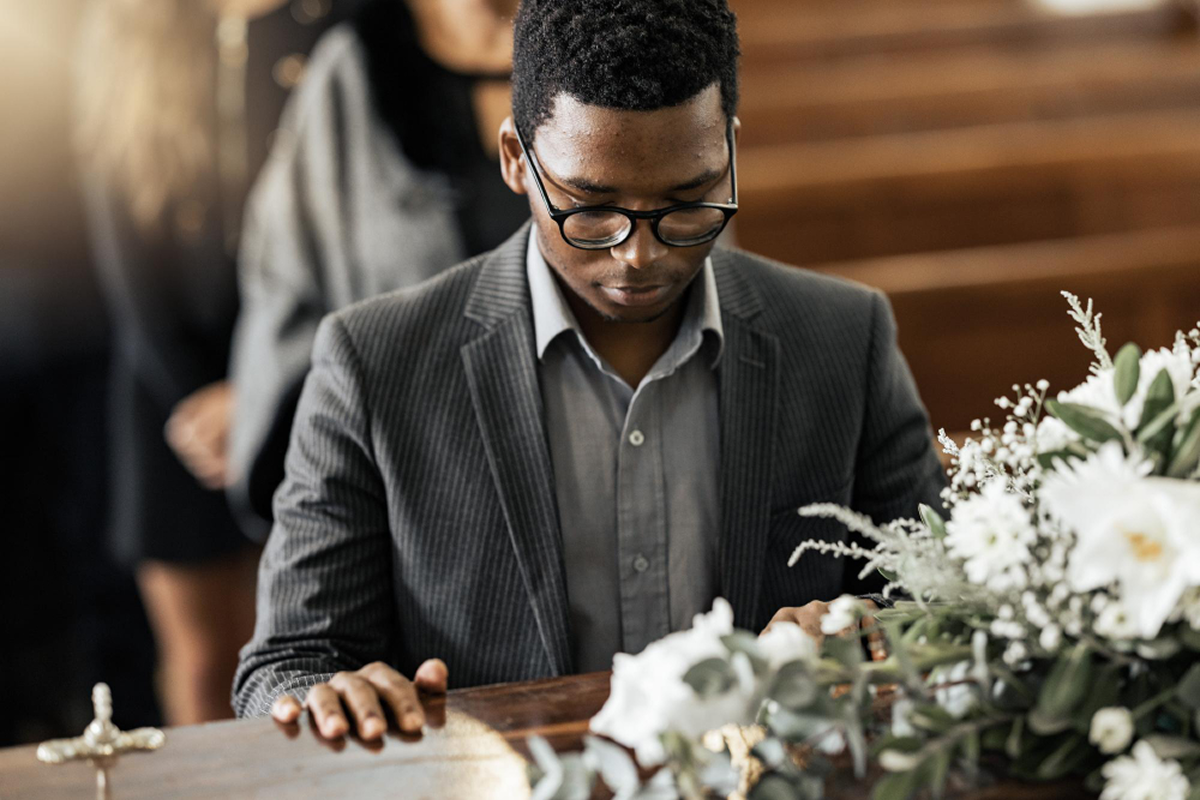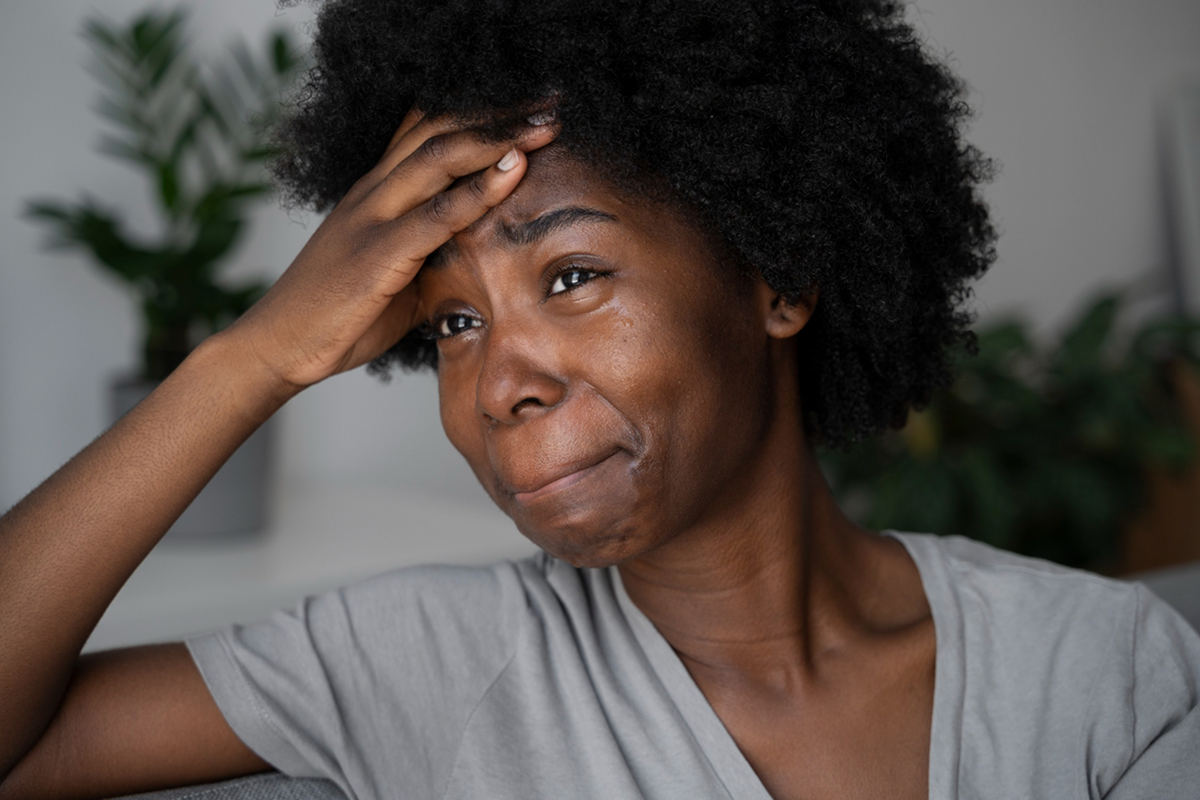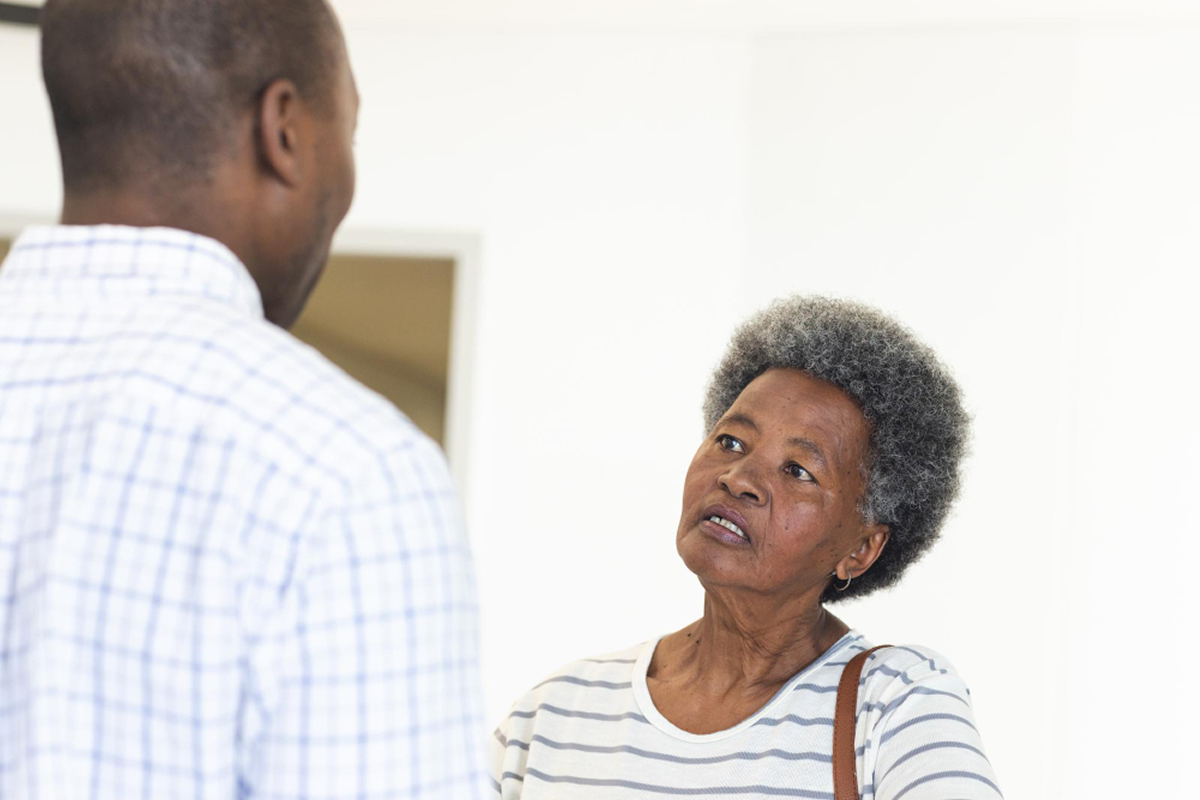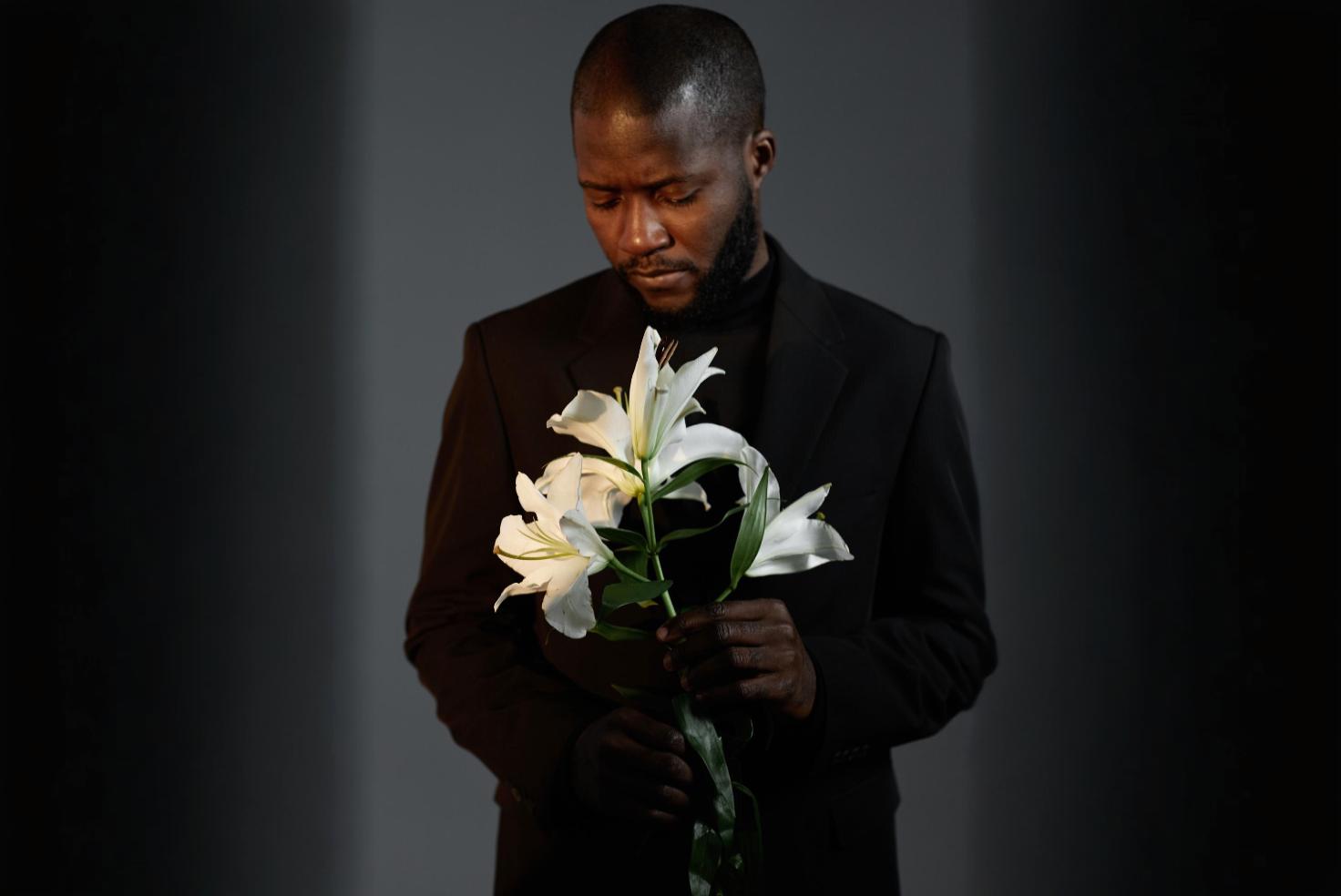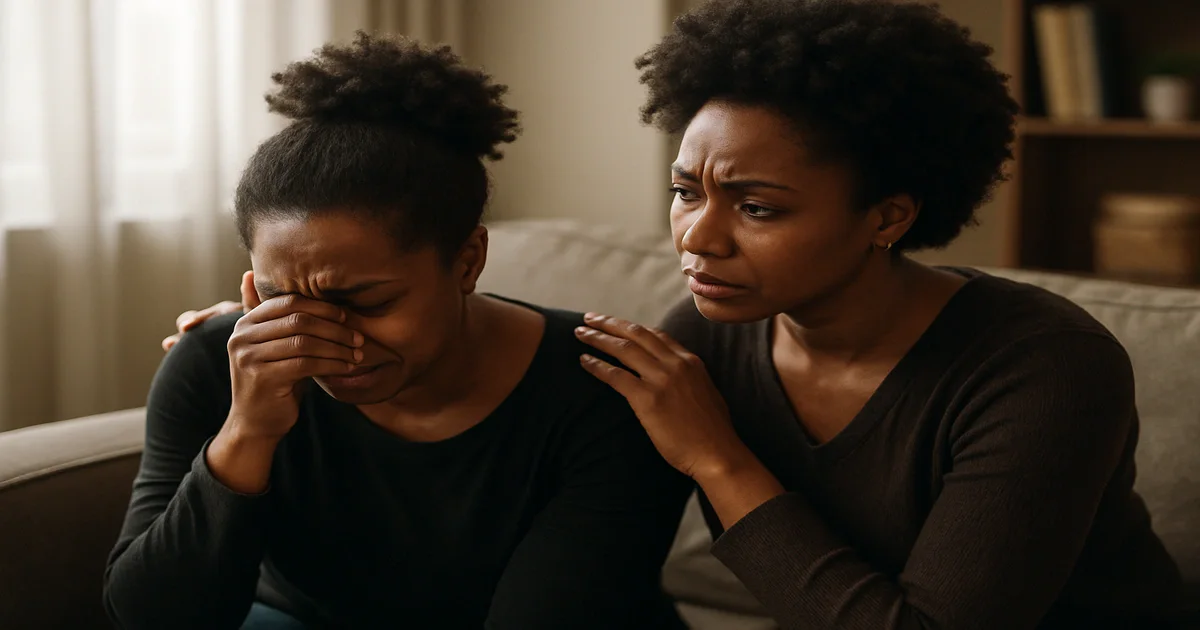When COVID-19 arrived, it didn’t just disrupt our work, schools, and daily routines — it also disrupted how we say goodbye to those we love. Families who would have normally gathered in the hundreds for funerals were suddenly limited to small groups, socially distanced, or forced to follow proceedings on livestream. Communities that once found healing in closeness had to adapt to grief from afar.
Even now, long after restrictions have eased, the way we mourn has changed. New habits, technologies, and attitudes shaped by the pandemic remain with us. They’ve altered not only the ceremonies themselves but also how families organize, remember, and support one another during loss.
This article explores how the pandemic reshaped mourning in Kenya, what practices are here to stay, and how families can carry forward both tradition and new ways of remembrance.
At a Glance 🕊️
- ·
COVID-19 forced families to rethink funerals, leading to smaller, hybrid ceremonies.
- ·
Technology — from livestreams to online memorials — became central to mourning.
- ·
Financial and logistical challenges reshaped how support is sought and offered.
- ·
The pandemic revealed new ways communities can stay connected in grief.
Mourning in a Time of Disruption
In Kenya, funerals are more than ceremonies — they are deeply cultural gatherings that affirm identity, belonging, and community solidarity. When the pandemic hit, these rituals were abruptly interrupted. Families faced harsh limits: no night vigils, capped attendance, and strict burial timelines.
The disruption was painful. Yet it also forced us to ask hard questions: What truly matters in mourning? Which parts of our traditions are about presence, and which are about meaning? Out of necessity, new practices emerged — some temporary, others becoming lasting parts of how we grieve.
The Pandemic’s Lasting Changes to Mourning
1. Smaller Gatherings Became the Norm
Funerals that once attracted hundreds had to shrink. Families learned to honor loved ones within limited numbers.
- ·
Restricted attendance: Government caps meant only close family and a handful of friends could be present.
- ·
Selective invitations: Families had to make difficult choices about who could attend in person.
- ·
Greater intimacy: Some discovered that smaller circles allowed more personal, heartfelt goodbyes.
Even with fewer people, grief found its depth in presence, not numbers.
2. Livestreams and Virtual Attendance Took Root
Technology stepped in where physical presence was barred.
- ·
Zoom and Facebook Live: Became essential tools for connecting mourners across distance.
- ·
Virtual condolences: Messages of support poured in via WhatsApp, calls, and online groups.
- ·
Lasting digital records: Livestreams left behind recordings families could revisit later.
💡 WithPema’s memorial pages carry forward this digital connection, creating one place for updates, tributes, and livestream links.
3. Fundraising Went Fully Digital
The financial weight of funerals never lessened, but physical harambees were impossible.
- ·
Mobile money drives: M-Pesa group collections became the lifeline.
- ·
Transparency: Screenshots and group updates replaced public pledging.
- ·
Efficiency: Money moved faster and reached where it was needed instantly.
💡 Digital fundraising tools on Withpema continue this shift, combining convenience with accountability.
4. Timelines Became Shorter
COVID-19 health rules required fast burials, often within days.
- ·
Limited body storage: Mortuaries enforced quicker turnover.
- ·
Reduced rituals: Traditional multi-day events were compressed.
- ·
New priorities: Families learned that closure doesn’t always require long timelines.
The heart of remembrance lies in intention, not duration.
5. Memorials and Remembrance Became Ongoing
Because funerals were shorter and smaller, families found other ways to keep memory alive.
- ·
Post-pandemic memorials: Larger gatherings were held later to include those left out.
- ·
Online spaces: Tributes, stories, and photo albums shared virtually.
- ·
Blended practices: In-person remembrance combined with digital archives.
Grief doesn’t end at the burial; it continues in the stories we keep alive.
6. Grief Became More Openly Talked About
The pandemic reminded us that death is closer than we imagine. This openness reshaped conversations.
- ·
Collective mourning: Families grieved not just for their own, but for neighbors and even strangers.
- ·
Shared vulnerability: People became more willing to admit pain and need for support.
- ·
Destigmatized grief: Talking about loss became part of everyday discourse.
When grief is shared, healing feels less heavy.
Withpema Insight 🌼
The pandemic revealed that even when distance, rules, or time limits stand in the way, people will always find ways to gather, support, and remember. What has shifted is how we do it. Withpema builds on this reality by offering digital spaces where families can organize, communicate, and memorialize without barriers. It isn’t about replacing tradition but ensuring no one grieves alone, even when life forces us apart.
Parting Thought: Carrying Forward What Matters
COVID-19 disrupted many things, but it also revealed the resilience of Kenyan families. It showed us that mourning is not only about numbers, rituals, or length of ceremony — it is about love, presence, and remembrance in whatever form is possible.
As we carry these lessons forward, may we choose practices that give comfort, create unity, and keep memories alive. And when the weight feels too heavy, may we remember that tools like WithPema exist to help us lean on each other — seamlessly, compassionately, and without borders.






